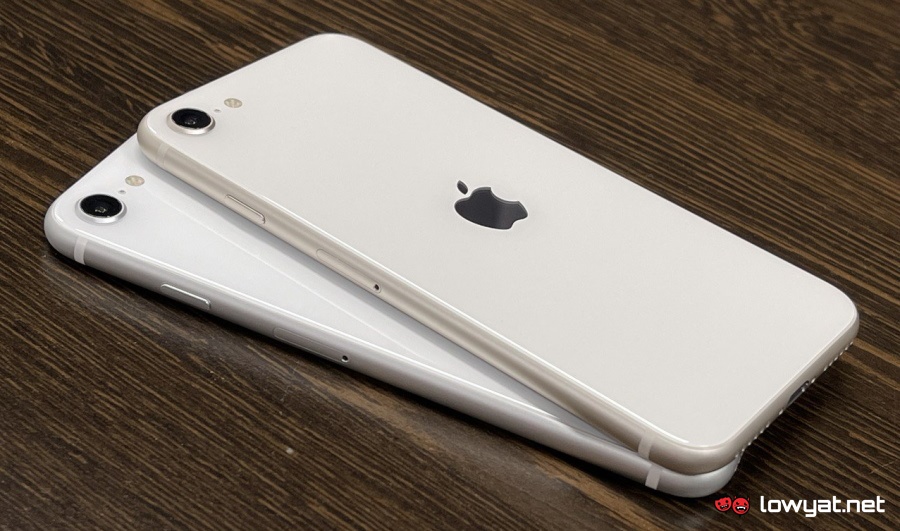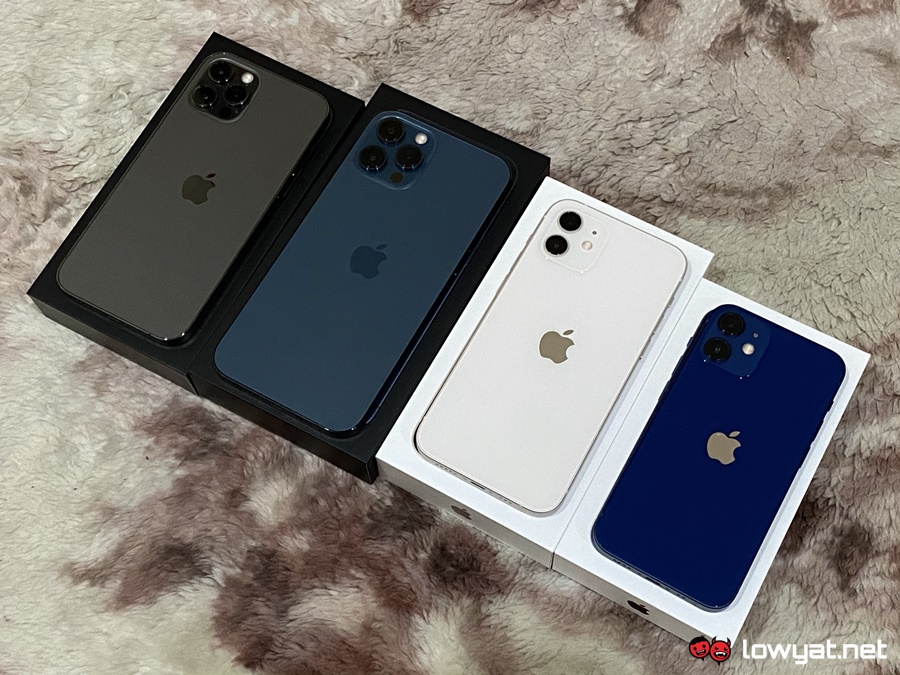In typical patent fashion, the actual document is long and complicated. But the gist of it is that Apple is describing two ways to make typing with wet screens or hands closer to the optimal – dry – experience. The first is an additional protective layer over the display, connected to a “touch detection system”. This not only detects the amount of force applied to the screen, but also the presence of moisture, if any.
If the moisture level surpasses a certain threshold, an algorithm takes it into account and adjusts keystrokes accordingly to keep the typing experience as close to normal as possible. The Apple patent also mentions an option to allow for manually turning on this “wet mode”. Which sounds useful for when your typing is still affected, but the iPhone doesn’t consider the moisture level surpassing the aforementioned threshold. Beyond the extra protective layer, the Apple patent also specifically mentions a “submerged moisture event”. This involves enlarging commonly used icons, as well as optimising camera and video settings, for underwater photography.
Of the two, the first is probably the more practical addition, if this Apple patent ends up being anything more than just a patent. After all, you’ve probably experienced having your phone near the sink as you’re washing your hands or doing the dishes, only to find replying a text very frustrating. The later sounds fun, and not something that’s widely advertised since the early days of Sony smartphones openly marketing IP ratings. Though as long as phonemakers, including Apple, continue to not cover water damage under their warranty, a phone’s ability to take underwater shots is not something you should be making use of. (Source: USPTO via SlashGear)

